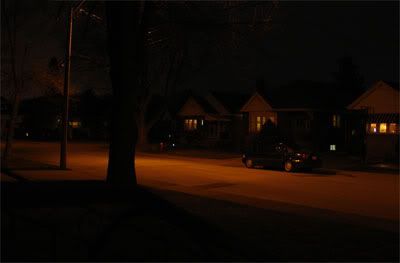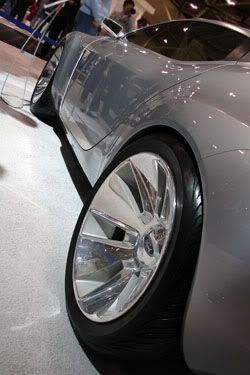Earth Hour 2010 Fail

Ontario failed for the second time during our 3rd installment of the global energy-saving initative, yet you will never read about it in your newspaper, or hear about it on the news.
Starting with Ontario's Earth Hour blunder last year I started to grow suspicious, and conflicted. As an avid energy conservationist I wanted Earth Hour to be successful. But as a decent human being, I wanted the truth to be known. And the information I downloaded from IESO.ca was finally finding some ears willing to listen.
This year, I was contacted by a local newspaper columnist wanting my thoughts and opinions on Earth Hour, specifically regarding the energy spike of 2009 conflicting with the "official" response from IESO.
I’m working on a story for the event this weekend and would love to get your comment on it. (You) had some pretty interesting points and it’d be great to chat over the phone if you have a moment today.
I showed her the graphs I downloaded from IESO.ca; the first showing 2008's energy-saving dip, the second showing 2009's energy consumption spike. She, in turn, contacted a spokesperson for IESO and, unfortunately, decided not to interview me for her article.
I can't blame her. I'm nuts.
Last year's strange 400 megawatt energy consumption spike, I hoped, was an anomaly. I truly hoped I'd see another 2008-style dip. As the LED clocks in my house all struck 8:30 p.m., thus launching Earth Hour 2010, Suz and I shut everything off and went for a walk. A very disappointing walk.
As we walked around our neighbourhood, we counted. We compared dark houses to those with lights or TV's on. What we found was shocking. Of the 130 houses we counted, 82 had either lights or TVs on, or both. The remaining 48 homes were dark, resulting in a dismal 36.9% of homes participating.
According to the real-time energy demand at IESO.ca, there was an enormous spike of energy useage between 8:30 and 9:00 p.m. View the graph here.
The graph, of which I took a screenshot immediately after Earth Hour, clearly shows an 800 megawatt spike over what IESO had anticpated. Not only that, but the amount of energy consumed during Earth Hour was approximately 100 mw higher than the projected peak energy usage of the entire day (16,404 mw).
What does that mean? Earth Hour was the biggest bust since the Hindenburg. But guess what - you won't read that anywhere, because the IESO reported an Ontario-wide drop of 560 megawatts compared to a "normal" Saturday in "late March".
Let's compare.
2008's daily Peak useage on Earth Hour Day was 17,800 mw. 2009's daily Peak useage was about 15,500 mw. And 2010's daily Peak useage was about 16,500 mw, which was during Earth Hour. So, is 16,500 mw less than a "normal" Saturday? It is. But only if you compare to 2008.
Sorry IESO, you fail at math, and at reporting the truth. I've decided Earth Hour is really only for people who don't conserve every day.
-----------------------
2008 Ontario Earth Hour energy usage.
2009 Ontario Earth Hour energy usage.
2010 Ontario Earth Hour energy usage.
Labels: earth hour, environment, fail








